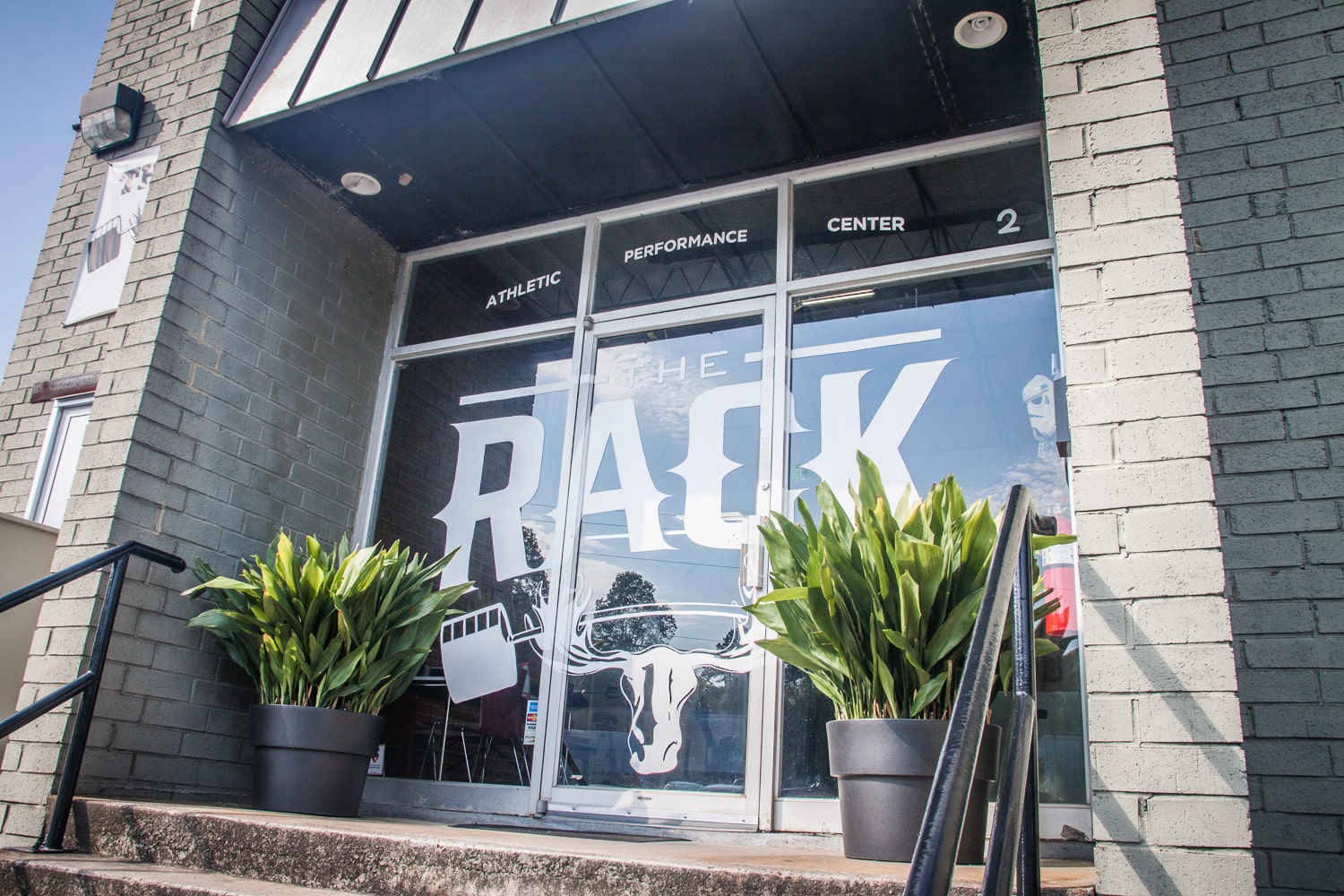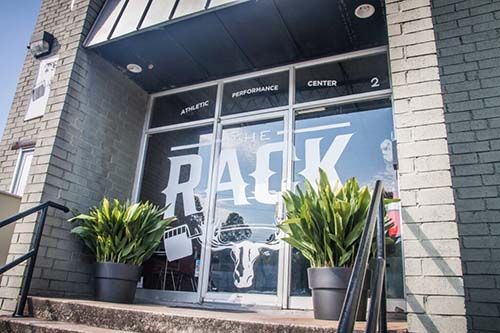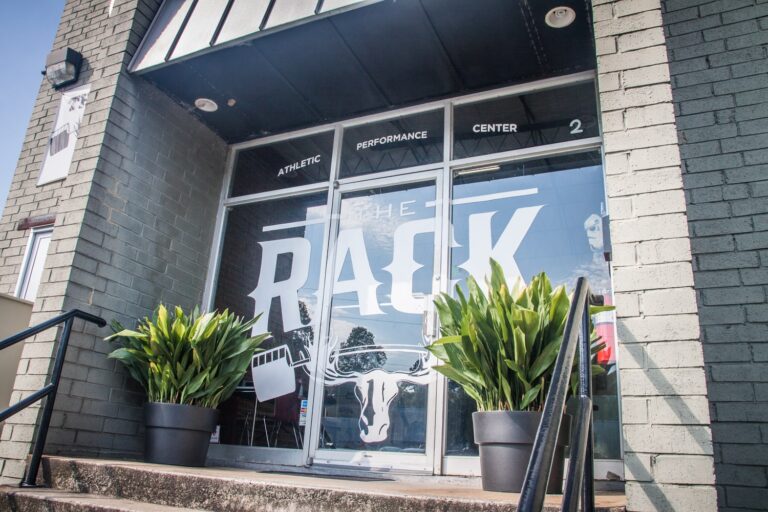What is RPE and is it useful?

Understanding RPE and Its Significance in Training
In strength training and exercise science, various methods and techniques are employed to optimize performance and achieve desired fitness goals, including the concept of power. One such method that has gained recognition and popularity is the Rate of Perceived Exertion (RPE). RPE is a subjective scale used to measure an individual’s perception of effort during physical activity. This article aims to delve deeper into the concept of RPE, its usefulness in harnessing and maximizing power, and how it can be effectively incorporated into training programs to help individuals achieve their fitness goals.
What is RPE?
RPE, or Rate of Perceived Exertion, is a self-reported assessment of the intensity or difficulty experienced during physical exertion. It provides a subjective measure of effort, allowing individuals to gauge and communicate how hard they feel they are working. The RPE scale typically ranges from 0 to 10, with 0 being no exertion at all and 10 indicating maximal exertion.
The Benefits of RPE
Individualized Training Intensity: RPE allows individuals to tailor their training intensity to their own capabilities and current physiological state. Since everyone has different fitness levels and perceptions of effort, RPE provides a flexible and personalized approach to training.
Adapting to External Factors: RPE takes into account various factors that can influence exercise performance, such as fatigue, sleep quality, stress levels, and environmental conditions. By using RPE, individuals can adjust their intensity based on these factors, ensuring optimal training outcomes.
Incorporating RPE into Training Programs
RPE in Strength Training: RPE can be effectively used in strength training to determine the load or resistance lifted during exercises. By matching the RPE to the desired intensity level, individuals can select appropriate weights that align with their perceived effort. For example, if a prescribed RPE for a set is 8 out of 10, individuals can adjust their weight accordingly to achieve the desired effort level.
RPE in Endurance Training: RPE is equally valuable in endurance training, such as running, cycling, or swimming. It allows athletes to gauge their effort during prolonged activities, ensuring they are training within their desired intensity zones. This approach helps prevent overexertion and promotes gradual progression.
RPE for Autoregulation: Autoregulation is the practice of adjusting training intensity based on the body’s daily readiness and feedback. RPE serves as a useful tool for autoregulation, enabling individuals to modify their workouts according to how they feel on a given day. By listening to their body and using RPE as a guide, individuals can prevent overtraining and optimize recovery.
Limitations of RPE
While RPE is a valuable tool in training, it is important to recognize its limitations:
Subjectivity: RPE is inherently subjective, relying on an individual’s perception of effort. This can vary from person to person and may not always accurately reflect physiological responses. It is crucial to develop self-awareness and understanding of one’s own exertion levels to use RPE effectively.
Skill Development: Accurately interpreting and using RPE requires practice and experience. Individuals need to become familiar with their exertion patterns and understand the relationship between RPE and other objective intensity measures, such as heart rate or percentage of one’s maximum effort.
Conclusion
RPE serves as a valuable tool for individuals seeking to optimize their training and exercise experience. By incorporating RPE into training programs, individuals can personalize their intensity levels, adapt to various factors influencing performance, and prevent overexertion. While subjective in nature, RPE empowers individuals to make informed decisions about their exertion levels and tailor their workouts to their own unique capacities, whether they are training at a private gym in Atlanta or any other fitness facility.
Matthew Walcott
B.S. CPT



